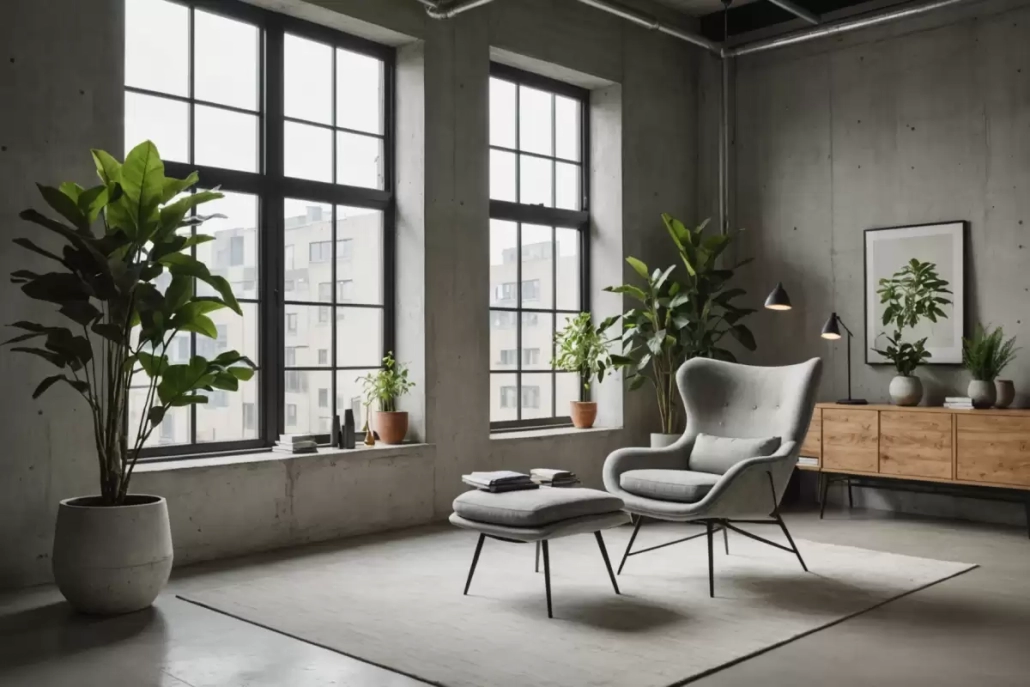In the world of architecture and design, the allure of concrete is undeniable. Its raw, industrial charm has found a place in minimalist homes, chic urban lofts, and even the sleekest of fashion boutiques. Yet, beneath its sturdy exterior lies a vulnerability that often goes unnoticed—until it’s too late. Water, the silent adversary, can turn this architectural darling into a nightmare of cracks and crumbles. But fear not, for the art of preserving concrete’s integrity is both fascinating and essential. Let’s explore the nuances of concrete maintenance and why it matters more than ever.
The Hidden Beauty of Concrete
Concrete is more than just a building material; it’s a canvas for creativity. Designers and architects love its versatility, using it to craft everything from countertops to entire facades. Its ability to mold into various shapes and textures makes it a favorite in modern design. However, like a high-maintenance fashion piece, concrete requires care to maintain its allure. Water infiltration is its biggest enemy, leading to unsightly blemishes and structural weaknesses. So, how do we keep this industrial beauty in top form?
The Science Behind Concrete Deterioration
Understanding why concrete deteriorates is like unraveling a mystery. Water, often carrying harmful chemicals, seeps into the concrete, causing reactions that weaken its structure. This process is akin to how a favorite pair of shoes might lose their shape if worn in the rain too often. The result? Cracks, spalling, and other defects that can turn a masterpiece into a mess. But with the right knowledge and tools, these issues can be prevented, ensuring your concrete remains as timeless as a classic little black dress.
Innovative Solutions for Concrete Protection
The world of concrete maintenance is brimming with innovative solutions, much like the ever-evolving world of fashion. Just as designers experiment with fabrics and cuts, builders and DIY enthusiasts explore new waterproofing techniques. From liquid membranes that glide over surfaces like a silk scarf to sheet membranes offering robust protection, the options are vast. Each method has its unique charm, catering to different needs and preferences. Imagine choosing a waterproofing solution as you would a statement accessory—each has its place and purpose.
The Role of Technology in Modern Waterproofing
Technology has revolutionized many industries, and waterproofing is no exception. Today’s solutions are more effective and sustainable, aligning with the growing trend of eco-conscious living. Crystalline waterproofing, for instance, uses cutting-edge technology to penetrate concrete, forming crystals that block water pathways. It’s like having an invisible shield, protecting your investment from the inside out. As we embrace these advancements, we not only preserve our structures but also contribute to a more sustainable future.
Why Professional Guidance Matters
While the DIY spirit is admirable, sometimes it’s best to call in the experts. Professional waterproofers bring a level of expertise and experience that ensures the job is done right. They’re like the seasoned stylists of the construction world, knowing exactly how to tailor solutions to fit specific needs. Whether managing a sprawling commercial complex or a cozy urban retreat, professional guidance can save time, money, and a lot of headaches. It’s an investment in peace of mind, much like hiring a personal shopper to curate your wardrobe.
For those eager to dive deeper into the world of waterproofing, the OnlineWaterproofingShop offers an insightful guide on how waterproofing can prevent concrete defects and save you both time and money. Their expertise provides a comprehensive look at the importance of protecting your concrete investments.
In a world where sustainability and longevity are increasingly valued, preserving the integrity of our concrete structures is more important than ever. By embracing innovative solutions and seeking professional guidance, we can ensure that our buildings stand the test of time, much like a timeless piece of fashion. For more on the intersection of design and sustainability, check out Dezeen, a leading voice in the world of architecture and design.



